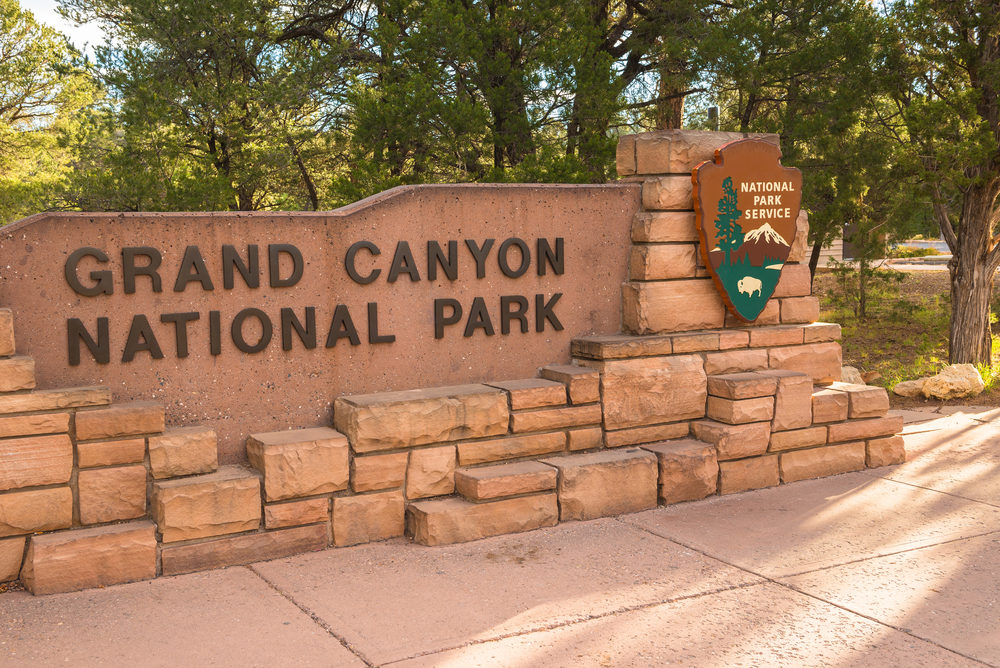Grand Canyon Tourists Were Exposed To High Levels of Radiation From Uranium Ore, Official Warns

Tourists who visited the Grand Canyon Museum, and employees who work at the national park, may have been exposed to dangerous levels of radiation from uranium ore that was improperly stored in the area for nearly twenty years, according to the park’s safety manager.
The Grand Canyon National Park safety director Elston Stephenson has raised concerns about the effects of uranium ore that may have exposed hundreds of visitors and employees to high levels of radiation over the course of two decades. The uranium ore was stored in open plastic buckets in the Grand Canyon Museum, near an exhibit from 2000 to June 2018.
The radiation readings Stephenson took from the ore reached unsafe and potentially hazardous levels, he warns.

Did You Know?
Millions of Philips CPAP Machines Recalled
Philips DreamStation, CPAP and BiPAP machines sold in recent years may pose a risk of cancer, lung damage and other injuries.
Learn MoreAccording to media reports, Stephenson began questioning officials from the National Park Service (NPS) and Department of the Interior last summer, urging the agencies to warn workers and tourists of the potential exposure. However, his requests were ignored.
Finally, on February 4, Stephenson sent an email to the Grand Canyon Park staff regarding the exposure. Stephenson also urged the NPS to inform employees and the public about the potential exposure. He filed a complaint with OSHA in November.
Since then, the NPS has opened an investigation with the U.S. Occupational Safety and Health Administration (OSHA) as well as the Arizona Department of Health and Services into what occurred at the Grand Canyon National Park.
During the two decades in question, there were three five-gallon buckets of uranium ore stored in the museum, next to a taxidermy exhibit where children often stopped for presentations.
Testing indicates that the area was positive for radioactivity above background levels near the buckets, but in other areas the radiation levels were not elevated.
The park decided to remove the buckets on June 18, and dispose of the contents in the nearby Lost Orphan uranium mine, where the ore had originated. The mine is located on the South Rim of the Grand Canyon. Ore was mined there for decades, but operations ceased in 1969.
When workers removed the ore, they were not prepared or properly outfitted to move or handle radioactive material and used simple gardening gloves and mop handles to lift the buckets into pickup trucks, according to the warnings. They then returned the potentially contaminated buckets back to the museum.
OSHA sent inspectors in protective suits to check the museum.
The park receives hundreds of visitors to the museum each year. It is unlikely any visitor was exposed to unsafe levels and there is no current risk to either visitors or employees.
The full investigation is expected to be completed by the end of Spring. The NPS emphasizes the uranium ore is no longer in the museum and does not pose a threat to visitors or employees.
Get more articles like this sent directly to your inbox.
"*" indicates required fields





0 Comments